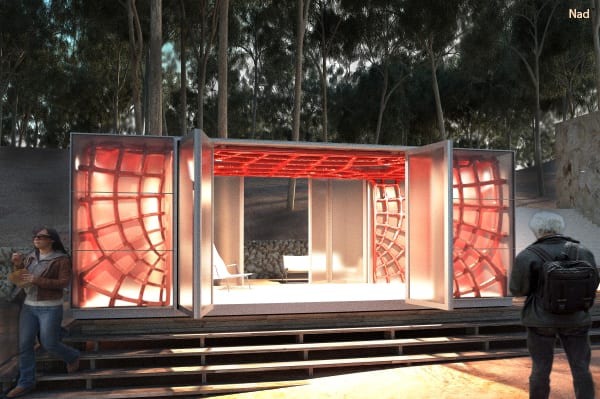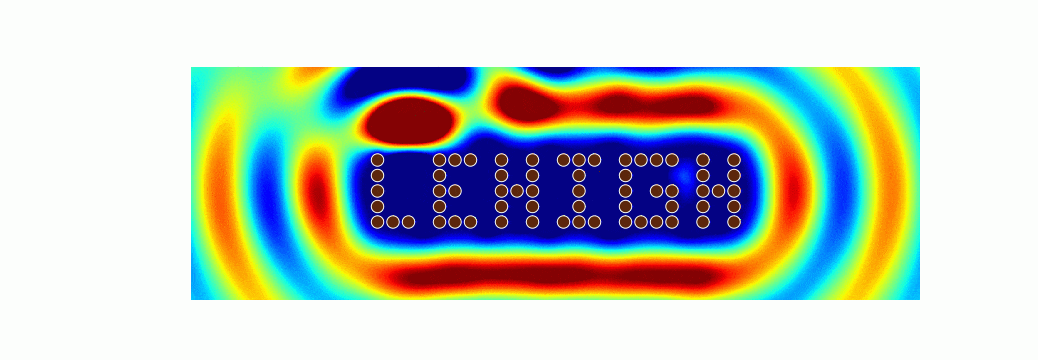Nik Nikolov is an Assistant Professor of Art, Architecture and Design at Lehigh University.
This research project investigated the problems, workflow, and feasibility of designing a small topologically optimized structure and its fabrication in polymer-extruding large area 3d printer. Topology optimization (TO) as an architectural design tool is largely unexplored, in contrast to its wide use in the field of mechanical engineering. As big area additive manufacturing (BAAM) finally enters the realm of full-scale single-build structural design, research like the one proposed holds a significant potential for design innovation in addressing structural expression in buildings of varying scales.
The work was presented at the ACSA Fall Conference: Between the Autonomous & Contingent Object, October 8-10, 2015 at Syracuse University, Syracuse, NY and was accepted for journal publication and presentation at the 2016 International Conference on Structures and Architecture June 19-21, Guimaraes, Portugal. Additionally the work was part of a NSF grant application (Directorate of Engineering, PD 15-1637, proposal title “Development of Binder Jet 3D Printing of Concrete Components for Structural and Architectural Applications”) with prof Clay Naito, co PI.

